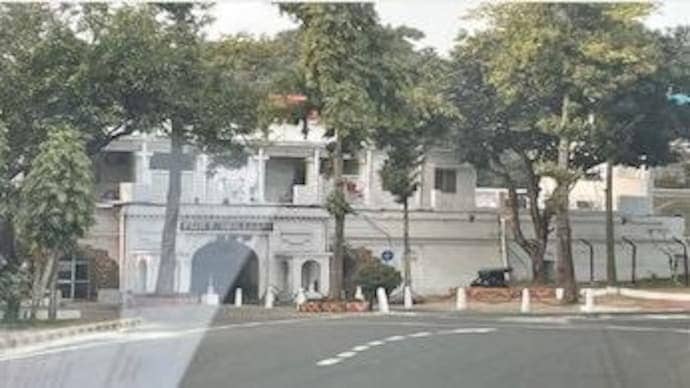Recently, the Indian Army’s Eastern Command headquarters, Fort William, was officially renamed Vijay Durg. This change reflects India’s ongoing efforts to shed colonial legacies and honour its indigenous military history. The decision to rename the fort was made in December 2024, marking a historic shift from British influence in recognition of India’s past. Additionally, Kitchener House inside Fort William was renamed Manekshaw House, and St. George’s Gate has been renamed Shivaji Gate.
Historical Significance of Fort William
The New Name – Vijay Durg
Recent Government Initiatives
The renaming aligns with the Government of India’s broader initiative to decolonise public spaces and institutions. Prime Minister Narendra Modi’s administration has previously renamed several landmarks, including Rajpath to Kartavya Path. This movement seeks to embrace India’s cultural identity and historical legacy.
Cultural and Historical Attractions
The fort houses a museum dedicated to the Indo-Pakistani War of 1971. Artifacts related to the Bangladesh Liberation War are also displayed. Additionally, a war memorial has been established at the entrance, commemorating the sacrifices of Indian soldiers.
Legacy of Colonial Architecture
Fort William stands as a reminder of colonial architecture in India. Its design and construction reflect the military needs of the time. While much of the fort remains unchanged, adaptations have been made to suit contemporary military requirements.

Leave a Reply